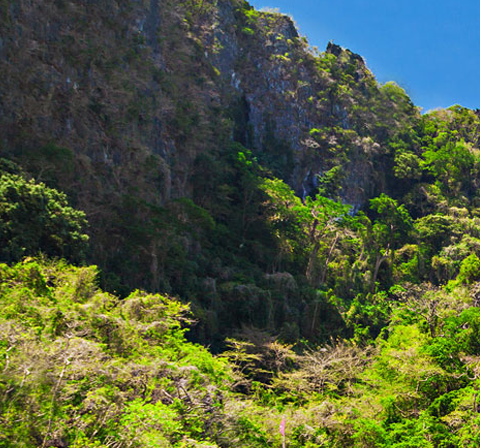History and Culture
A Quick History
The islands’ precolonial period, during which indigenous peoples engaged in healthy trade with various cultures and economies in the region, gave way to a long colonial period, first under Spain for over 300 years, and then under the United States, during which it came briefly under Japanese occupation in World War II. The Philippines gained independence in 1946.
As Asia’s oldest democracy, the Philippines bears a history densely woven with a record of defiance against social and colonial oppression, as exemplified by Jose Rizal (1861-1896), whose novels and writings against Spanish rule solidified Filipinos’ love for independence and freedom. Today Rizal, novelist, physician, educator—and Atenean—is revered as one of our National Heroes.


Culture
Like any postcolonial country, Philippine culture is a melting pot of all its colonial masters with a base that consists of its long, indigenous history. It is a culture that is difficult to pin down since it is so diverse; the Western influences may appear to be dominant but at close inspection, it is a mere skin over a pulsing archipelagic culture. The country's many languages underline the numerous narratives that exist in the Philippines, each language delineating a locale. So much so that English is currency in the country, even among the locals. The inherited language of a colonial master is what will allow someone from one end of the country to speak to someone from the other end. For the Filipino is a nomadic creature, even in their own land. This may explain why hospitality is a well-documented trait—everyone is from somewhere else, everyone is creating new home even as they wax nostalgic about their origins.
Religion is a powerful force in the country, whether it be Catholicism or Islam or the various other religions present in the country. A place of worship is always at the center of town and in a city; there are always numerous places to visit if spiritual sanctuary is sought. The pageantry of these religions come to life in the provincial fiestas, celebrations that combine colorful spectacle and the fervor of faith.
The arts are a thriving industry in the Philippines. Entertainment is a large part of the Filipino life locally, and cultural labor is heavily exported especially in terms of the performing arts.
There is much to explore in the Philippines, its magnificent vistas are what bring people here as tourists. But the complex nature of its culture is what keeps people interested.
